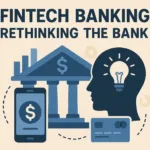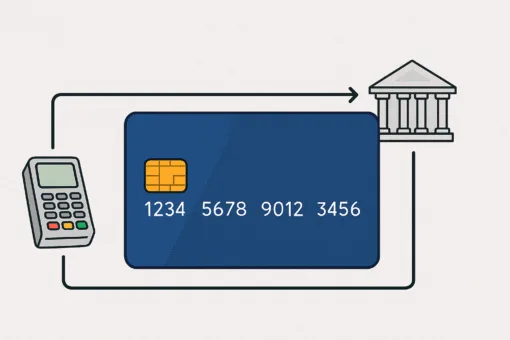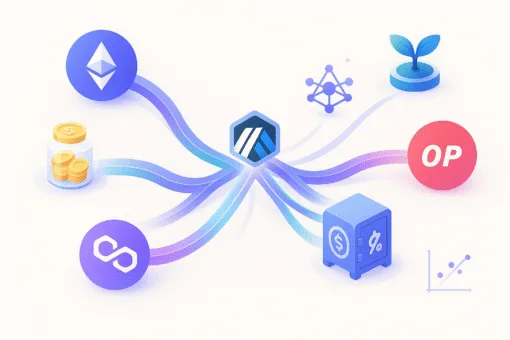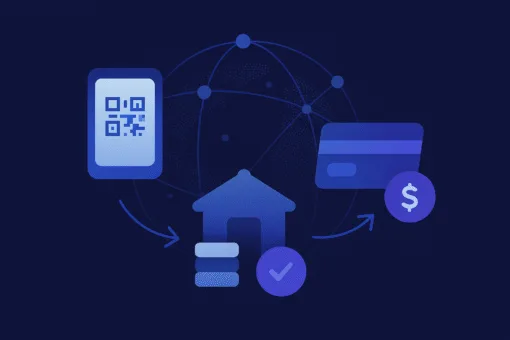Neobanks are ushering in a new chapter in banking. By using technology as their foundation, they deliver services that are easier, faster, and more in tune with modern life. This is not simply an upgrade to traditional banking systems, but a complete rethinking of what banking can be.
At the heart of this shift is a focus on convenience and user experience. Traditional banks often struggle under the weight of legacy systems and branch networks. Neobanks break free from that model, attracting digital-first customers who expect their finances to move at the same speed as the rest of their connected lives.
Neobanks vs Traditional Banks

The contrast between neobanks and traditional institutions could not be clearer. Traditional banks are tied to physical branches, large operational structures, and technology stacks that are decades old. These foundations make it harder to innovate quickly or deliver cost-effective services.
Neobanks, by contrast, are digital from the ground up. They operate entirely online, which reduces overhead and increases efficiency. The result is lower costs, which they often translate into benefits for customers: reduced fees, better interest rates, and streamlined services.
Equally important, neobanks prioritise user experience. Their apps are sleek, intuitive, and designed to be used on the go. Customer support is never further than a few taps away. This combination of efficiency and design is especially appealing to younger generations who want banking that feels as effortless as their favorite social apps.
Appeal to the Digital-Savvy Customer
The growing appeal of neobanks lies in their ability to meet customers where they already are: on their smartphones. Millennials and Gen Z expect instant access, real-time updates, and services that fit seamlessly into their daily routines.
Opening an account is often instant. Notifications arrive in real-time to track spending or savings. Personalised insights help users understand habits and improve financial decisions. These features turn banking from a slow, paper-heavy process into a dynamic, always-available service.
Neobanks also integrate widely with other fintech tools. Whether it’s investment platforms, payment apps, or budgeting solutions, they create an ecosystem where everything works together. This integration makes them not just banks, but central hubs for managing financial life. Traditional institutions, with their siloed systems, struggle to compete with this level of connectivity.
Examples of Neobanks
The rise of neobanks is best understood through real-world examples. Several digital-first players have already carved out strong positions in different markets, showing how diverse and adaptable the model can be.
One leading example is Revolut, founded in the UK in 2015. Revolut has grown from a simple prepaid card and currency exchange app into a global financial super-app. It now offers accounts in multiple currencies, stock and crypto trading, insurance, and more. Its success shows how neobanks can evolve into all-in-one financial platforms.
Another prominent case is Chime in the United States. Launched in 2012, Chime built its reputation by targeting customers frustrated with hidden fees and rigid banking rules. It offers fee-free overdrafts, early paycheck access, and strong savings tools. Chime has become especially popular with younger Americans who want simple, transparent, and mobile-first banking.
In Europe, N26 stands out. Based in Germany, N26 was one of the first fully licensed mobile banks in the EU. It allows users to open an account in minutes and manage everything from spending to international transfers through its intuitive app. N26’s expansion into multiple countries highlights how neobanks can scale quickly across borders, something traditional banks often find difficult.
These examples underline the diversity of the neobank model. Some focus on simplicity and accessibility, others aim to become financial ecosystems, but all share a common DNA: digital-first, user-centric, and designed to challenge the old banking order.
Neobanks’ Challenges in the Banking New Era

Despite their rapid growth, neobanks face serious challenges. Regulation is one of the biggest. The financial services industry is tightly controlled, and neobanks must navigate complex frameworks that differ from one jurisdiction to another. Ensuring compliance while maintaining agility is a constant balancing act.
Another challenge is trust. Many consumers are still hesitant to entrust their money to relatively new institutions. Unlike century-old banks with long histories, neobanks must build credibility from scratch. Proving reliability, security, and long-term stability is essential.
Finally, competition is intense. The market for digital banking is becoming crowded, with new players emerging regularly. Standing out requires more than sleek design, it demands a clear value proposition. Differentiation is critical, yet difficult, in a space filled with innovation.
The Importance of Consumer Protection

Consumer protection is central to the future of neobanks. Operating exclusively online makes them more vulnerable to cyber threats, and customers expect strong safeguards. This requires not only robust cybersecurity systems but also transparency.
Clarity around fees, products, and services builds confidence. Customers must feel that they know exactly what they are signing up for. Transparency fosters trust, which is essential for growth.
At the same time, regulatory requirements are constantly evolving. Neobanks must remain proactive in adapting to new rules. Those that treat compliance as an ongoing commitment, not a one-off hurdle, will be better positioned to thrive. By staying ahead of regulation, they demonstrate responsibility and reinforce consumer trust.
The Future of Neobanks
Looking forward, the outlook for neobanks is full of opportunity. Their ability to adapt quickly will remain their greatest advantage. As technology advances and customer expectations rise, continuous innovation will be essential.
There is also potential for neobanks to expand beyond core banking. Services such as insurance, investments, and wealth management could become part of their offering. By broadening their scope, neobanks can transform into one-stop financial platforms that cover every aspect of a customer’s financial life.
This expansion could strengthen loyalty and make neobanks even harder to displace. A customer who uses a neobank for savings, spending, insurance, and investing will find little reason to look elsewhere.
Conclusion
The rise of neobanks signals more than just a trend. It represents a fundamental shift in banking culture, where speed, convenience, and customer experience take center stage.
Challenges remain, from regulation to trust-building and fierce competition. But the opportunities are immense. Neobanks are not simply replicating traditional banking in digital form, they are redefining it for a generation that demands more.
As this transformation unfolds, neobanks are set to play a central role in shaping the future of global finance. They embody the promise of a system where banking is not an obligation but a seamless, empowering part of everyday life.














